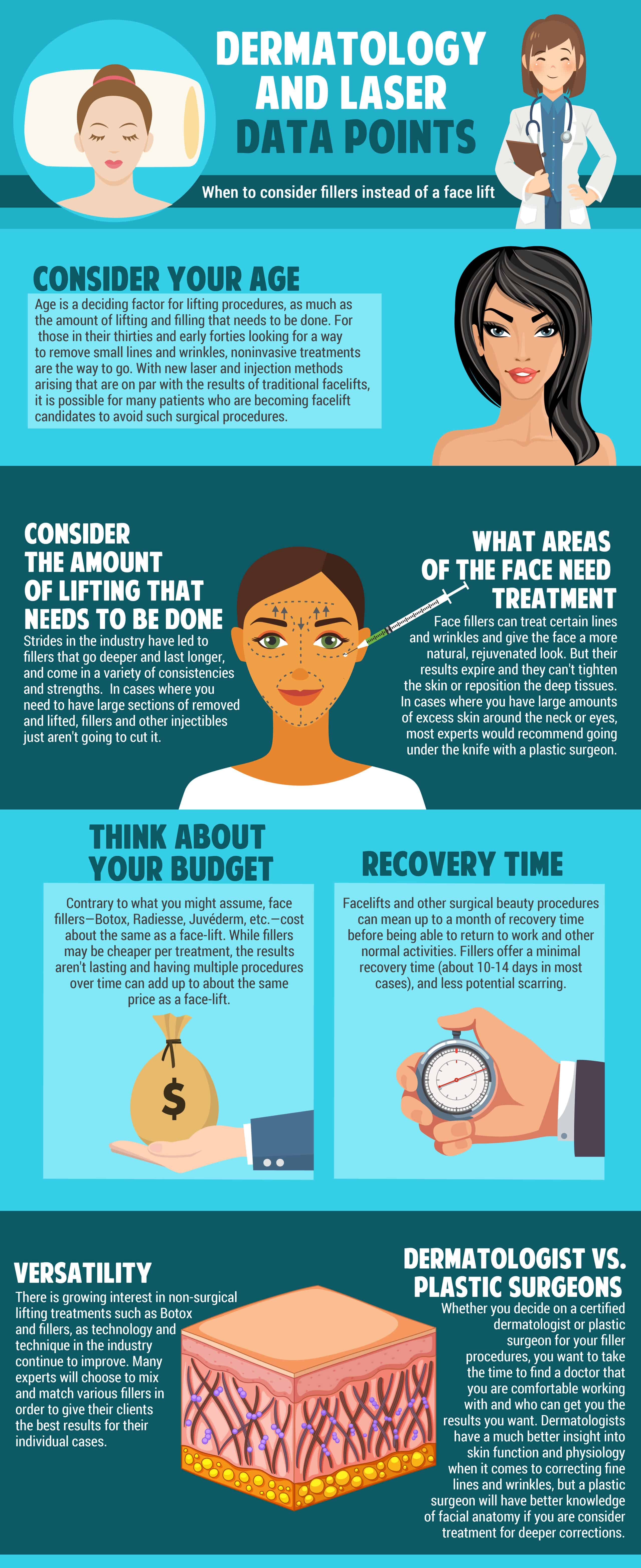A Review Of Standard Cataract Surgery Versus Laser-Assisted Techniques: Benefits And Downsides
A Review Of Standard Cataract Surgery Versus Laser-Assisted Techniques: Benefits And Downsides
Blog Article
Web Content Created By-Dalsgaard Duran
When considering the option in between conventional cataract surgery and laser-assisted techniques, you might find yourself evaluating the benefits and disadvantages each technique supplies. The decision exceeds the surface area level of price and accuracy, delving right into the realm of lasting end results and client contentment. As you browse through the complexities of these two strategies, it ends up being essential to understand the nuanced information that can dramatically impact your visual clarity and general experience. Remain tuned to discover the crucial aspects that will certainly lead your decision-making process in this vital element of eye care.
Conventional Cataract Surgical Treatment Advantages And Disadvantages
When considering typical cataract surgical procedure, you may locate that it's a reputable and widely-used technique. In this procedure, a doctor makes a little cut in the eye and uses ultrasound to separate the cloudy lens prior to removing it. Once the cataract is gotten rid of, a synthetic lens is put to bring back clear vision.
One of the main benefits of conventional cataract surgical treatment is its performance history of success. What Is The Cost Of LASIK Surgery have had their vision significantly boosted via this treatment. Additionally, conventional surgical treatment is usually covered by insurance coverage, making it a more easily accessible option for numerous individuals.
However, there are some downsides to typical cataract surgery also. Recuperation time can be much longer contrasted to more recent methods, and there's a slightly higher danger of issues such as infection or inflammation. Some patients may likewise experience astigmatism or require reading glasses post-surgery.
Laser-Assisted Techniques Advantages And Disadvantages
Exploring laser-assisted techniques for cataract surgery unveils a modern-day approach that utilizes laser innovation to execute key steps in the procedure. Among the key advantages of laser-assisted cataract surgical procedure is its accuracy. LASIK Prk enables extremely accurate incisions, which can lead to better aesthetic results. Additionally, the use of lasers can minimize the amount of ultrasound energy needed during the surgical treatment, possibly decreasing the danger of problems such as corneal damage.
On the disadvantage, laser-assisted techniques can be much more pricey contrasted to conventional approaches. This expense mightn't be covered by insurance policy, making it much less accessible to some clients.
One more factor to consider is that not all cataract specialists are trained in laser technology, which could restrict your options for choosing a surgeon.
Last but not least, while the laser can automate certain facets of the procedure, the surgery still needs a skilled cosmetic surgeon to make sure effective results.
Comparative Analysis of Both Approaches
For an extensive understanding of cataract surgery methods, it's essential to perform a comparative analysis of both standard and laser-assisted approaches.
Conventional cataract surgical treatment includes manual incisions and making use of handheld tools to break up and eliminate the over cast lens.
On the other hand, laser-assisted cataract surgical procedure makes use of innovative technology to create exact incisions and separate the cataract with laser power before removing it.
In regards to precision, laser-assisted techniques use a higher level of accuracy contrasted to typical techniques. Using lasers allows for personalization of the procedure based on each patient's eye makeup, possibly leading to better aesthetic results.
However, laser-assisted cataract surgical procedure often tends to be a lot more costly than typical surgical procedure, which might limit availability for some people.
While both techniques are effective in recovering vision damaged by cataracts, the selection between traditional and laser-assisted methods usually depends upon variables such as expense, accuracy, and private client demands.
Consulting with your ophthalmologist can assist determine one of the most ideal strategy for your cataract surgery.
Conclusion
Finally, when deciding in between conventional cataract surgical treatment and laser-assisted techniques, take into consideration factors like expense, precision, and private demands. Traditional surgery provides a tested track record and insurance coverage but may come with longer healing times. Laser-assisted techniques supply higher precision and personalization but can be more expensive and not always covered by insurance. Eventually, the option in between the two approaches depends on what is most important to you and your certain situation.
